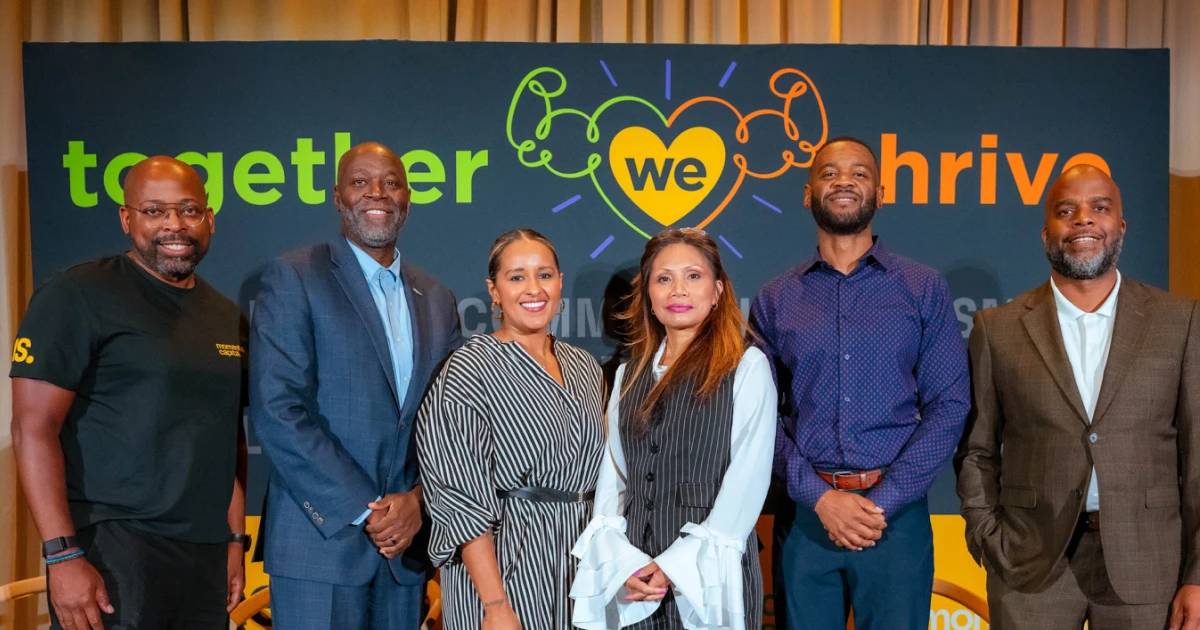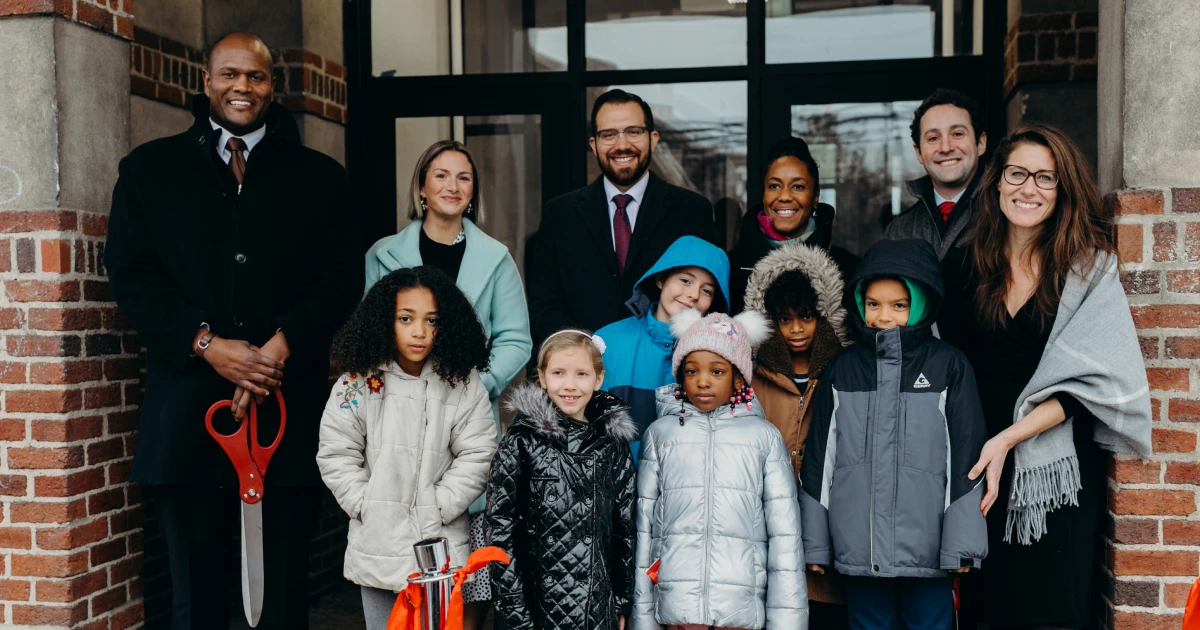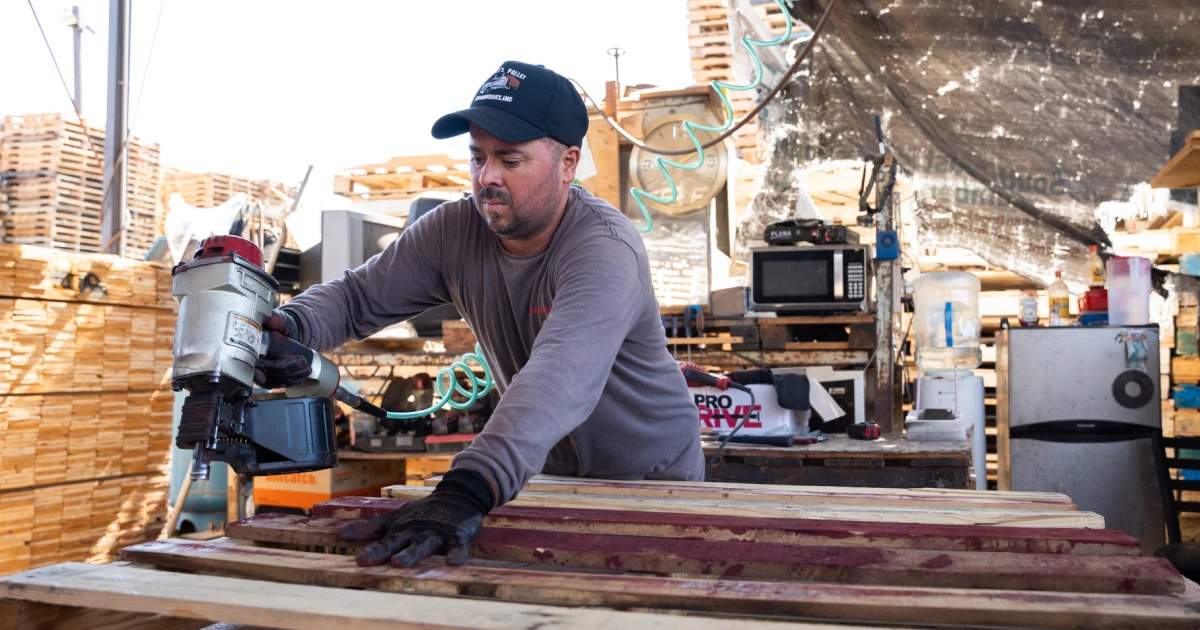Stories & Insights
Our true impact is felt when we deliver the financial, knowledge, and social capital that uplift local solutions that create strong communities and build generational wealth.
We invite you to read our stories from our community-focused work and thought-leadership insights from across the Momentus Capital branded family of organizations.


Insight The 2025 Momentus Capital Holiday Gift Guide: Shop Small, Give Big with Momentus Capital Borrowers

Story Empowering Community-Centric Developers to Expand Affordable Housing in Texas

Insight Introducing Our New Logos: Illustrating the One Momentus Approach to Expanding Access to Capital & Opportunities

Insight Can I Use an SBA Loan to Buy a Franchise? Your Guide to SBA Franchise Financing

Insight Borrower Insights: How Momentus Capital Supports Growth in Atlanta

Story Cornbread Farm to Soul: How Flexible Mezzanine Financing Helped a Restaurant Grow

Insight Community Health Center & FQHC Financing: A Guide for Executives

Insight Charter School Financing: A Guide for Loan Eligibility
